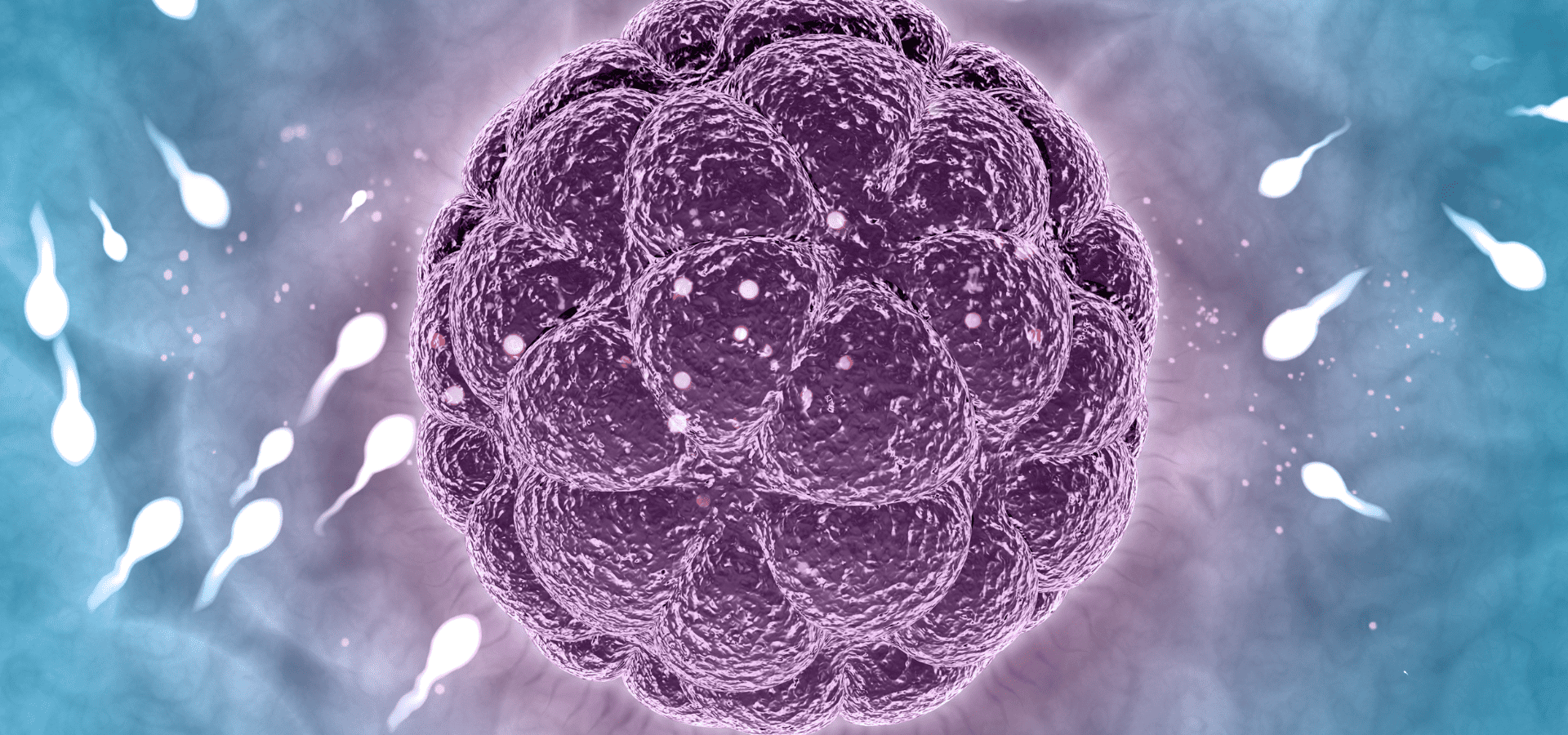
What Happens When Egg Is Not Fertilized: Key Insights and Implications
Understanding the complex processes that occur when an egg is not fertilized can provide valuable insights into reproductive health and the menstrual cycle.
This comprehensive guide explores ovulation, the journey of the egg, factors affecting fertilization, and the implications of an unfertilized egg.
What is Ovulation?
Ovulation is a pivotal event in the menstrual cycle, marking the release of a mature egg from one of the ovaries.
This process indicates that the egg is ready for fertilization by a sperm cell, typically occurring around the midpoint of a woman’s menstrual cycle.
What is Fertilization?
During ovulation, a mature egg is released from the dominant follicle and picked by the fallopian tube, where it awaits fertilization.
If the egg is not fertilized within 12 to 24 hours, it will disintegrate and be reabsorbed by the body. The uterus prepares for potential fertilization by thickening its lining, known as the endometrium.
This thickened lining is crucial for the implantation of a fertilized egg. However, if fertilization does not occur, the lining of the uterus is not needed and is shed during menstruation, resulting in a menstrual period.
Factors Affecting Fertilization
Several factors can affect the fertilization process, leading to an egg not being fertilized:
- Sperm Quality: The sperm can also be the cause of a mature egg not fertilizing if the semen sample has a low number of sperm capable of penetrating the egg’s membranes.
Factors such as sperm count, motility, and morphology play a critical role in successful fertilization.
- Egg Quality: Some eggs have perfectly healthy chromosomes and cytoplasm but may have a poorly formed shell, or zona pellucida.
Eggs with weakened shells may not survive and grow normally without the protective shell.
- Fallopian Tube Health: The fallopian tube is where an egg would normally enter and attempt to fertilize, but eggs with weakened shells would not have survived this process.
- Hormonal Imbalances: Hormonal imbalances can affect the release of eggs, the preparation of the uterine lining, and the overall fertility of an individual.
Menstruation and the Menstrual Cycle
Menstruation is a normal part of puberty, and it’s essential to understand what is typical to know when to seek help.
The average menstrual cycle is usually 21 to 35 days, with women with a 28-day cycle typically ovulating 13 to 15 days after the start of their last period.
By better understanding what is typical, you or your child can know when to seek help for any abnormal menstrual conditions. Common menstrual complaints include irregular periods, heavy bleeding, and painful cramps.
Final Thoughts
A pregnancy starts with fertilization when a woman’s egg is fertilized by a man’s sperm in the fallopian tube.
Fertilization usually takes place in the fallopian tube, which links an ovary to the uterus. If the fertilized egg successfully travels down the fallopian tube and implants in the uterus, an embryo starts growing.
All eggs for a woman’s lifetime are stored in her ovaries, and women do not continuously produce eggs. About once a month, an egg is released from one of a woman’s two ovaries, called ovulation. Understanding these processes can help individuals make informed decisions about their reproductive health and family planning.
For informed reproductive decisions and optimal family planning, understanding the journey of a mature egg, from its release during ovulation through potential fertilization in the fallopian tube, to possible implantation in the lining of the uterus—is essential. Trust SRM Global Hospitals to guide you through these processes with care and expertise.






